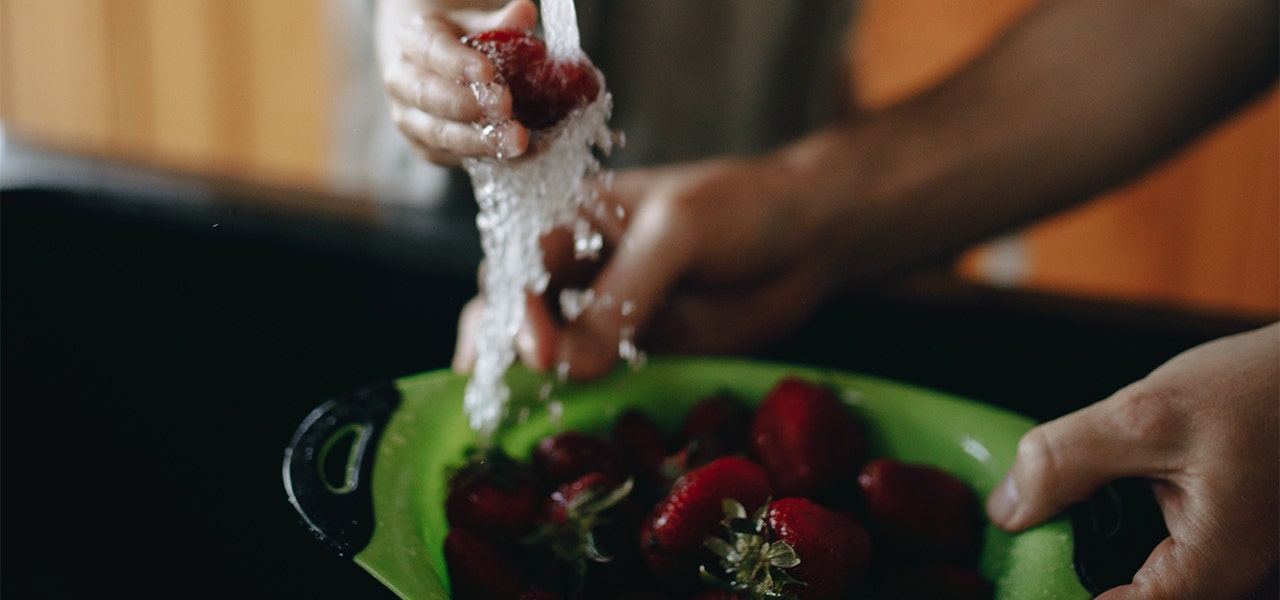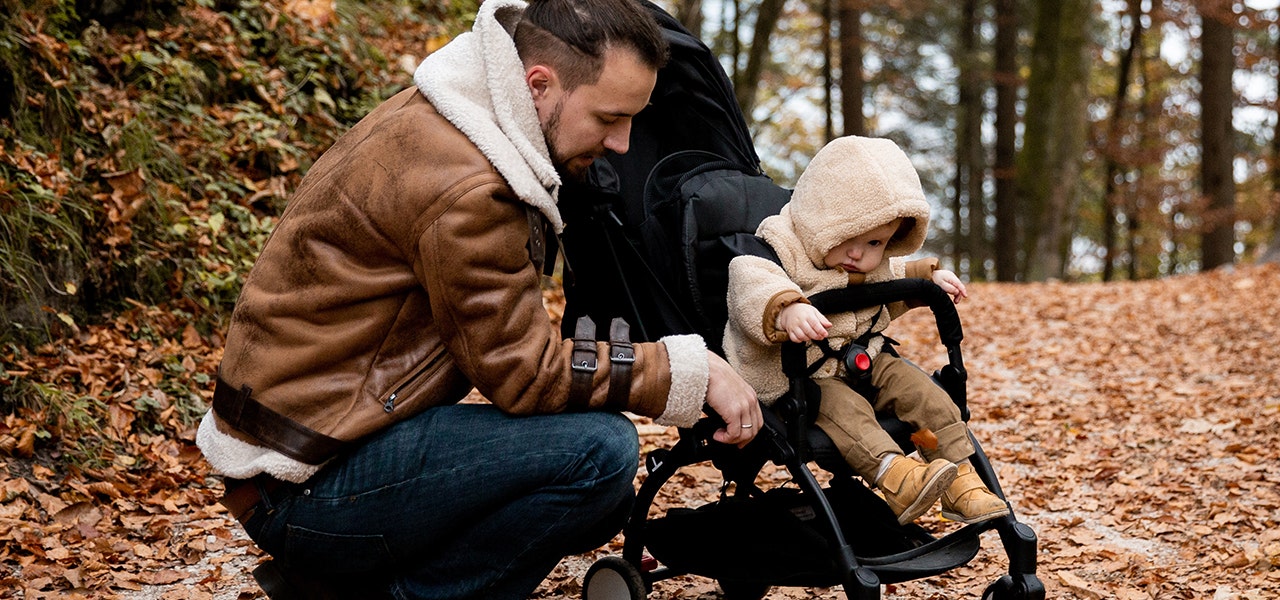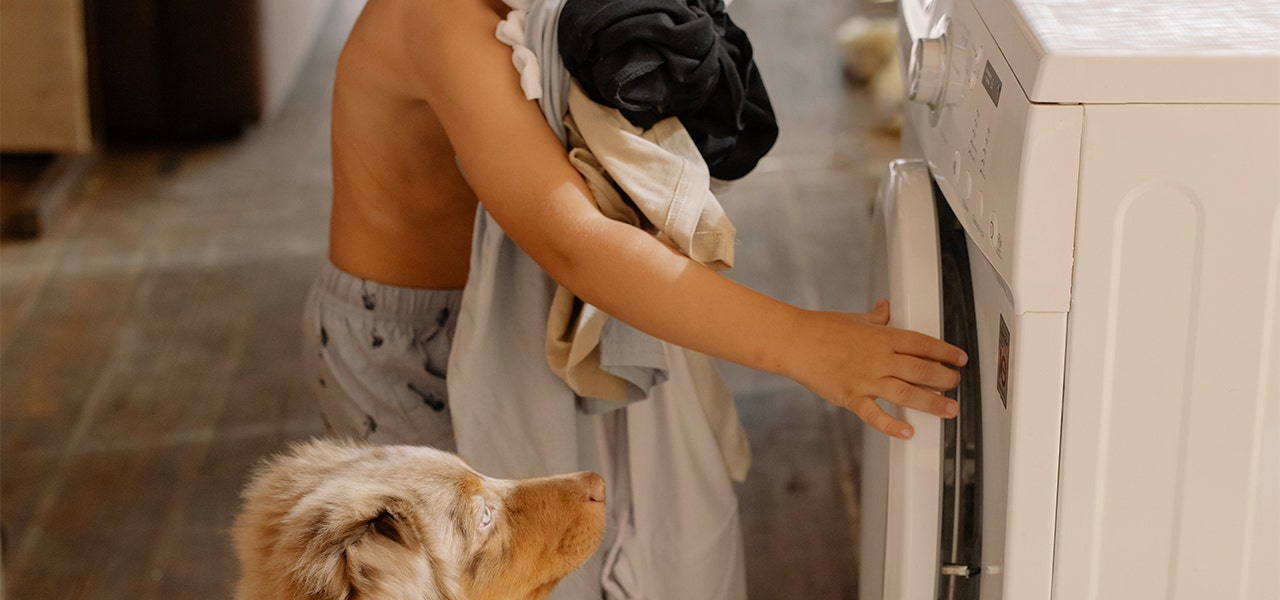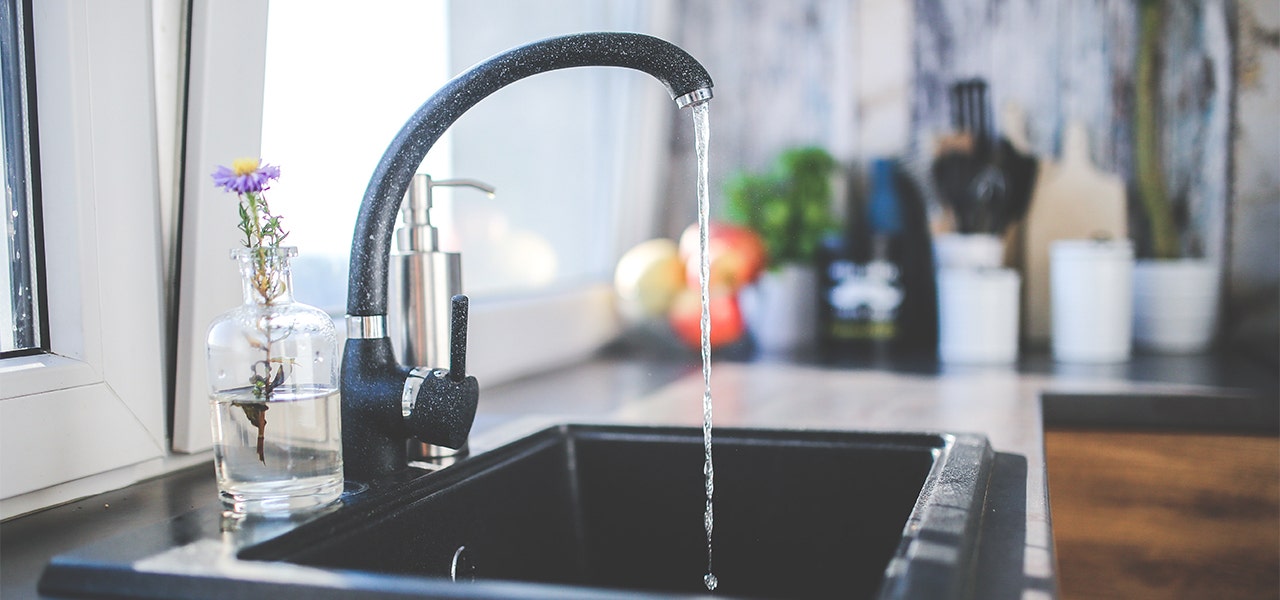Here’s an unsettling truth: the cosmetics industry has gone widely unregulated for decades. Fortunately, in recent years, people have become more aware of the pervasiveness of endocrine-disrupting chemicals (EDCs), like parabens, in cosmetics and personal care products. Through the dedicated work of organizations like our friends Breast Cancer Prevention Partners who have advocated for the Safer Beauty Bill Package, the movement to ban the use of endocrine-disrupting chemicals in cosmetics is well underway.
But the work doesn’t stop there. Did you know there are likely endocrine disruptors all throughout your home, too? The cosmetics industry isn’t alone in using ingredients that are either known or suspected to cause harm to human health. Even plastic bottles of distilled water – which certainly seem like a healthy choice! – can contain EDCs.
What exactly are endocrine disruptors? Where are they most likely to be in your home? And, how worried should you be? Founded by a board-certified environmental engineer and with an in-house chemist on staff, Naturepedic can help! Let’s break it down.
What Are Endocrine Disruptors?


In order to understand what endocrine disruptors are, it’s important to first understand the endocrine system. This system is vastly important to your health as it regulates phases of behavior, metabolism and development. In simplest terms, the endocrine system is an intricate network of glands in the body that produce your hormones, including:
- Testosterone
- Estrogen
- Progesterone
- Cortisol
- Adrenaline
- Insulin
- And more
Endocrine disruptors are chemicals that interfere with this vital system and knock your hormones out of balance, which leaves your brain and body unable to function normally. For this reason, EDCs can negatively impact not only your hormone production but your overall physical and mental health, too.
Endocrine disruptors can be natural or manufactured chemicals. This means they are found in many industries like manufacturing, agriculture, pharmaceuticals and beyond … which is how they so easily end up in your home.
What Do Endocrine Disruptors Do to Your Health?
The answer: endocrine disruptors are terrible for the human body. Research is ongoing, but studies have shown that EDC exposure can lead to some worrying health risks, such as:
- Cancer
- Infertility/reproductive problems
- Lowered IQ
- Thyroid diseases
- Obesity
- Diabetes
- Birth defects
- Auto-immune diseases
- ADHD and developmental disorders
While babies and children are at most risk for adverse effects, not surprising considering the role hormones play in a healthy pregnancy, adults and can be impacted by endocrine disruptors, too. In fact, wildlife impact is well documented. Pesticides, fungicides and herbicides that contaminate our soil, crops, air, water and food supply often contain EDCs.
5 Examples of Endocrine Disruptors Found at Home
While there are currently hundreds of chemicals suspected of being EDCs, there are a few key endocrine disrupters to be aware of in addition to parabens. When it comes to your home and family, watch out for:
1. Phthalates


Phthalates can be found in product packaging, like food and beverage containers, as well as plastic wraps and inner linings. Phthalates are also found in plastic toys, vinyl flooring and wall coverings, and the ubiquitous ingredient term “fragrance” that you see on room sprays, scented candles, detergents and all sorts of lotions and shampoos. For the record, “fragrance” is an umbrella term that can encompass thousands of undisclosed chemicals and you’re better off avoiding it.
Unfortunately, many conventional crib and kids mattresses contain phthalates in the form of vinyl waterproofing. This means your little one could be spending up to 16 hours a day breathing in hormone-disrupting phthalates! Learn more about safer mattress waterproofing options here.
2. Polyfluoroalkyl Substances (PFAS)
These chemicals are the nonstick, waterproof, grease-resistant additives you can find in many household kitchen items – like your pots and pans. However, they can also be found in waterproof clothing, coatings, upholstered furniture, carpets, paints and varnishes, food packaging, and a lot more. In fact, even tap water can be a source of PFAS exposure!
Like phthalates, PFAS are used in many mattresses as a source of waterproofing. Rest assured, Naturepedic does not use any vinyl waterproofing. Similarly, we do not knowingly use any PFAS and, while thousands exist (and very few even have testing protocols), we have ensured our products do not use GOTS-prohibited PFAS. Our GOTS certified organic crib mattresses and kids mattresses feature a food-grade polyethylene waterproofing made from non-GMO sugarcane.
3. Flame Retardant Chemicals
Chemical flame retardants are commonly found in upholstered furniture, mattresses, foam cushions, baby car seats and strollers, insulation, and even electronics. Flame retardants off-gas and migrate from these products into your indoor air and house dust, where you inhale, ingest and absorb them through your skin.
While it’s true that these products need to meet government flammability standards, it’s important to understand that flame retardant chemicals are NOT the only way to do it – often just the cheapest and easiest way. At Naturepedic, we use organic materials and design our mattresses specifically to meet all flammability standards without the use of any chemical flame retardants.


4. Bisphenol A (BPA)
BPA is commonly found inside the home in the plastics and resins of water bottles, containers and canned food. Exposure to BPA increases when these items, like plastic food storage containers, are heated in a microwave or exposed to direct sunlight. BPA is also notoriously found in a high amount on receipts! Exposure comes from ingesting BPA that has leached into food or through skin contact exposure.
In 2012, the FDA actually banned BPA in baby bottles and children’s spill-proof cups because of its potential health risks, but a decade later and it's still allowed in many other products that you use every day.
5. Triclosan


This is a chemical ingredient commonly added to antibacterial soaps, body washes, detergents, toothpaste and cosmetics. It can also be found in clothing, kitchenware, furniture and toys. Triclosan is most commonly used as an antibacterial and antifungal agent but can cause serious harm to human health through exposure.
The Environmental Protection Agency (EPA) has raised concerns over triclosan's potential to disrupt hormones and the effects it can have on the liver and kidneys. However, with consumer demand for “antimicrobial” products, this particular EDC is a (unethical) marketer’s dream.
Tips to Avoid Endocrine Disruptors


By now, you may be feeling completely overwhelmed and even scared. While those feelings are valid, fortunately there’s a lot you can do to reduce your exposure to endocrine disruptors. Here are our top tips for avoiding EDCs:
- Start checking ingredient labels – especially for terms like “fragrance.” Eliminate synthetic fragrances from your home and personal care products.
- Avoid plastics as much as possible! Switch out plastic cups and containers for glass or stainless-steel items. Additionally, you can check that plastic items have been certified BPA-free.
- Wash your hands often. Try not touching receipts or opting for an emailed receipt instead. By doing so, you reduce your exposure through skin absorption. Use a non-toxic soap or sanitizer to keep your hands clean!
- Buy organic whole foods and not as much packaged and processed foods.
- Stop using tap water. Instead, switch to filtered water for of your drinking, cooking and bathing if possible.
- Keep your home and air clean by using a HEPA air purifier and dusting and vacuuming often. Bring the outdoors in by frequently opening your windows and be sure to change the filters on your HVAC system.
- Transition to organic furniture and décor. While it may not be feasible to completely redecorate your home, switching out items one-by-one over time can make a lasting positive impact on your health.
While it’s impossible to eliminate all exposure to endocrine disruptors, it’s comforting to know that a lot of the power lies in your hands to create a safer home for you and your family. And don’t forget – when it comes to Safe Healthy Sleep for the whole family, Naturepedic has you covered!
Learn more about environmental risks in your home here. You can also read about our Non-Toxic Approach here.
 BABY
BABY  KIDS
KIDS  ADULT
ADULT  LEARN
LEARN  STORES
STORES 